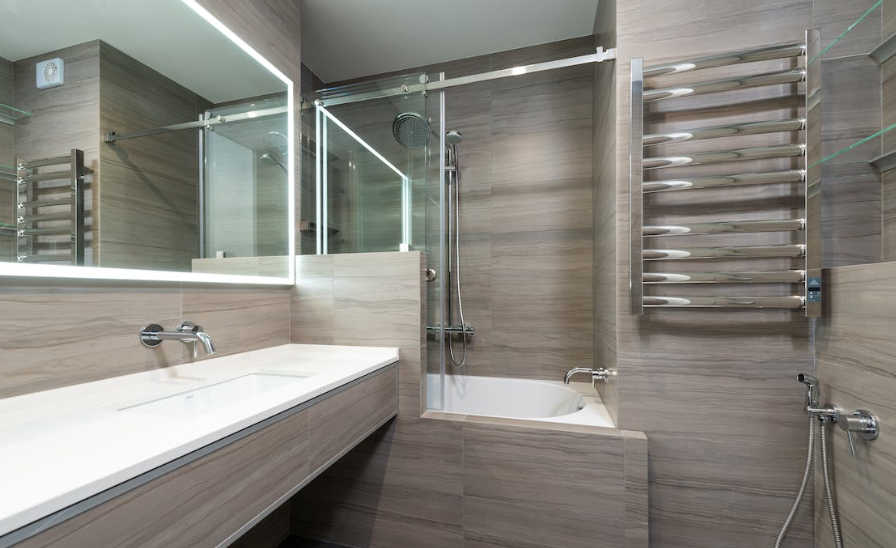
23 Feb 7 DIY Fixes to Common Shower Issues
Shower problems can be a source of frustration in any household. From leaky faucets to clogged drains, these issues disrupt our daily routines and can even lead to larger problems if left unaddressed.
Fortunately, many shower repairs are manageable with some basic DIY skills. This article guides you through seven common shower problems and their DIY solutions.
DIY shower repairs are a straightforward way to keep your bathroom in good shape. Tackling these small issues yourself can prevent bigger problems later and save you time and money.
1. Identifying the Problem: The First Step in DIY Shower Repair
When it comes to DIY home maintenance, addressing shower issues is both common and necessary. The first step is always identifying the problem. Whether it’s a leaky faucet, clogged drain, or inconsistent water temperature, pinpointing the issue is crucial. This process not only saves time but also ensures that you tackle the right problem effectively.
2. Sealing Leaky Shower Heads
A common shower issue is a leaky shower head. This often results from loose connections or worn-out seals. The fix can be as simple as tightening the shower head or replacing the seal. To do this, unscrew the shower head, replace the old seal with a new one, and screw it back on tightly. It’s a quick and cost-effective solution that can save water and reduce your utility bills.
3. Unclogging Blocked Drains
Blocked drains are a frequent annoyance in many households. Hair, soap scum, and other debris can easily clog your shower drain. To clear it, remove the drain cover and use a plunger or a plumber’s snake. For a more natural approach, a mixture of baking soda and vinegar can also be effective in dissolving blockages.
4. Fixing Dripping Taps
A dripping tap is not only irritating but can also lead to significant water wastage over time. Fixing this usually involves replacing the washer inside the tap. Turn off your water supply, disassemble the tap, replace the washer, and reassemble everything. This simple repair can make a big difference in your water conservation efforts.
5. Adjusting Water Temperature
Inconsistent water temperature is a common issue in many showers. This can usually be resolved by adjusting the temperature limiter on your shower’s mixing valve. Consult your shower’s manual for specific instructions. This adjustment ensures a comfortable and safe shower experience, especially in homes with young children.
6. Repairing Cracked Tiles and Grout
Cracked tiles and grout can lead to water damage if not addressed promptly. For tiles, apply a suitable adhesive and place a new tile. For grout, remove the old grout with a grout saw and apply new grout. These repairs not only prevent water damage but also enhance the appearance of your shower.
7. Updating Shower Fixtures
Sometimes, the best repair is an update. Replacing old, worn-out shower fixtures can revitalise your shower experience. Modern fixtures can offer better water efficiency and improve the overall aesthetics of your bathroom.
Empowering Your DIY Journey
Embarking on DIY shower repairs can be a rewarding experience. It not only saves money but also provides a sense of accomplishment. With the right tools and a bit of patience, you can effectively address common shower issues.
Remember, regular maintenance can prevent many of these problems. For more complex issues, don’t hesitate to consult a professional.
In the midst of these repairs, it’s crucial to have reliable solutions at hand. For specialised shower repair needs, expert shower repair services offer comprehensive solutions to ensure your shower functions optimally.
Additionally, understanding the importance of water conservation in households is essential. For further reading, check out articles on water-saving techniques in the home, which provide valuable insights into reducing water usage and helping the environment.

Sorry, the comment form is closed at this time.